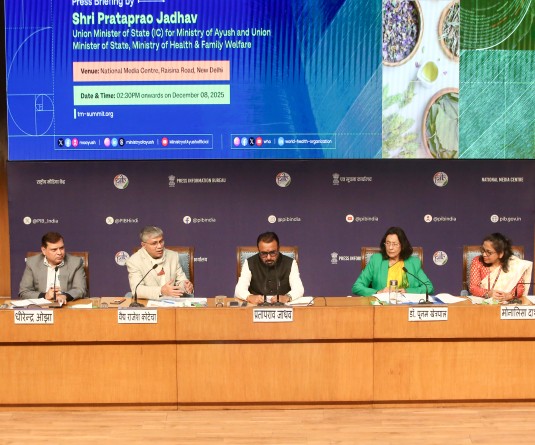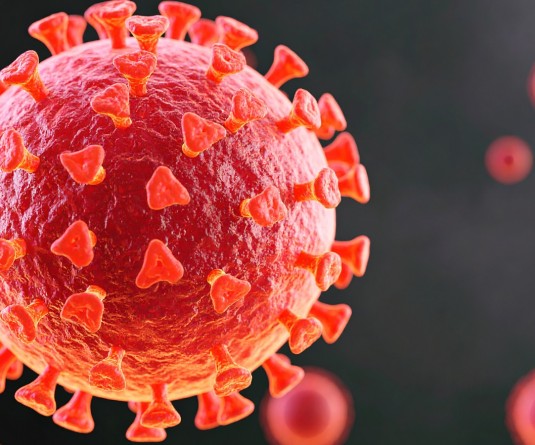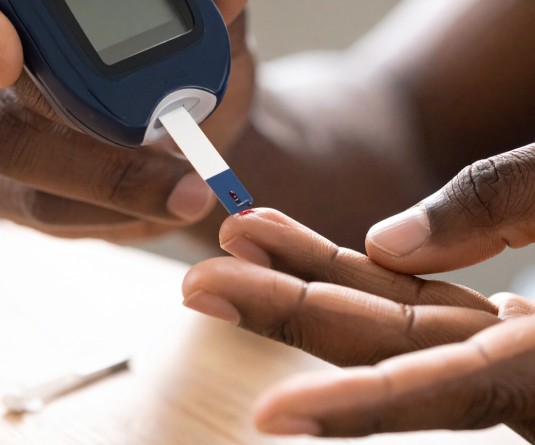IANS Photo

New Delhi, December 14 (IANS) Cervical cancer death rates in low-to-middle-income countries can be reduced by more than 63 per cent through implementation of updated World Health Organization (WHO) screening guidelines, according to two studies.
Researchers at the Daffodil Centre, a joint venture of Cancer Council New South Wales and the University of Sydney, focussed the studies, published in two landmark papers in Nature Medicine, on screening for human papillomavirus (HPV) in the general population in 78 countries, and multiple screening scenarios for women with human immunodeficiency virus (HIV).
In 2021, the WHO in a new guideline recommended an HPV DNA based test as the preferred method, rather than visual inspection with acetic acid (VIA) or cytology (commonly known as a ‘Pap smear’) -- the most commonly used methods globally to detect pre-cancer lesions.
HPV-DNA testing detects high-risk strains of HPV. Unlike tests that rely on visual inspection, HPV-DNA testing is an objective diagnostic, leaving no space for interpretation of results.
HPV causes almost all cervical cancers and a shift from Pap tests to HPV screening in low-and-middle-income countries could significantly reduce mortality rates through earlier intervention, said Dr Kate Simms, lead author of the first study.
“Low-and-middle-income countries bear most of the world’s cervical cancer burden, so demonstrating the effectiveness of HPV-based screening compared with other approaches is crucial to advocacy to support the WHO strategy and guidelines,” Dr Simms said.
“We found that primary HPV screening was the most clinically effective and cost-effective, reducing mortality by 63-67 per cent when offered every five years.”
According to Dr Michaelia Hall, lead author of the second study, women with HIV had a six-fold risk of developing cervical cancer compared with the general population. Hall’s study which focussed on Tanzania, said that co-existing HIV and HPV infection were more prevalent in low-to-middle-income countries.
“We modelled several scenarios in relation to outcomes in Tanzania, which has one of the world’s highest HIV infection rates, and found that primary HPV testing with triage compared with no screening would reduce cervical cancer mortality by up to 71 per cent,” Dr Hall said.
“This equated to saving a life for every 38 women screened and referred for pre-cancer treatment -- an extremely strong result in relation to the benefits of cancer screening.”






